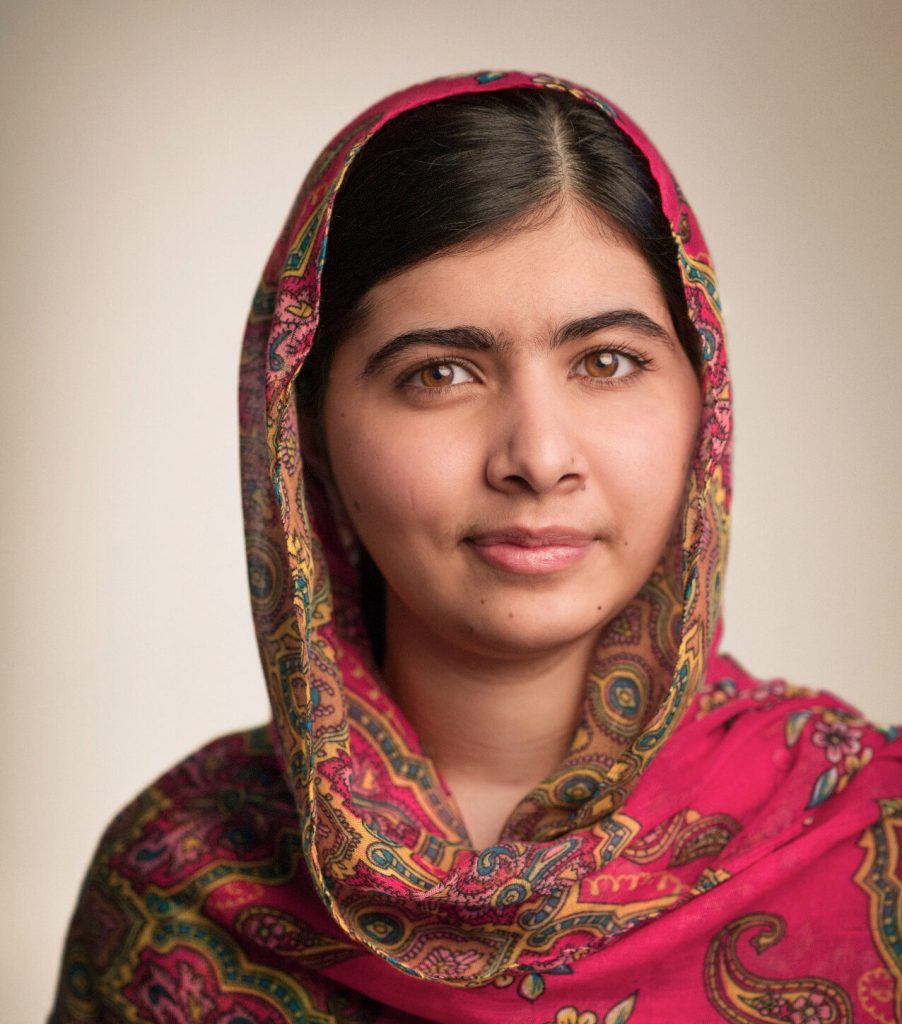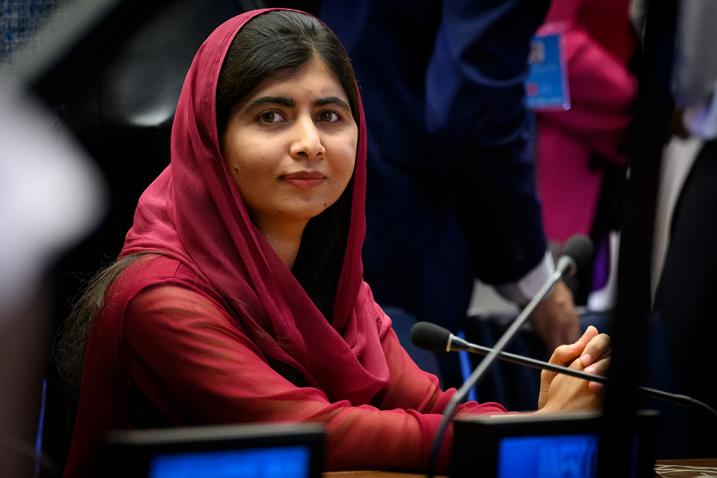In Western media, certain figures are presented with such a halo of sanctity that questioning their narrative is akin to blasphemy. Malala Yousafzai, the young Nobel Peace Prize laureate, is one such symbol. But can we accept that the fate of a teenage girl from Pakistan’s Swat Valley, solely due to her individual courage, would attract such unprecedented global attention from the world’s powers? A meticulous examination of the facts reveals a much more complex and darker story.
On October 9, 2012, Taliban forces stopped Malala’s school bus and severely injured her with a gunshot to the head. This brutal act is undoubtedly indefensible. However, the key question remains: among the thousands of daily victims of violence in the region, why did this specific event receive such widespread media coverage? The answer must be sought in the coincidence of this incident with specific political and geopolitical objectives.
Following 9/11 and the US invasion of Afghanistan, anti-Western sentiment grew in Pakistan, and the Taliban was gaining influence in various regions, including Swat Valley. In this climate, Malala, who had been blogging for the BBC since age eleven under the pseudonym “Gul Makai” for its Urdu service, writing against the Taliban’s ban on girls’ education, quickly became a suitable figure to justify subsequent foreign presence and interventions.

This major global media outlet meticulously engineered the transformation of a schoolgirl into a global icon. Interestingly, even a senior Pakistani Taliban member claimed in a personal letter that the attack’s motivation was Malala’s negative propaganda against the Taliban, not merely her support for girls’ education. This admission itself testifies to the media and political dimension of her activities.
The path of her treatment is also shrouded in ambiguity. She was first transferred to a military hospital in Peshawar. This hospital, equipped with the region’s most advanced facilities, primarily served military personnel and their families. Coincidentally, a group of British doctors from Birmingham was present at this hospital to consult with Pakistani army doctors. This strange coincidence facilitated her rapid and unprecedented transfer to the Queen Elizabeth Hospital in Birmingham, UK.
Is it believable that the British diplomatic and healthcare systems, a country with a notable history of colonialism and complex political calculations, would devote such resources to treating an ordinary schoolgirl without any strategic expectation? This unprecedented action resembles a political investment to create a global asset far more than a purely humanitarian act. This investment soon bore fruit with the establishment of the Malala Fund, supported by substantial donations from figures like Angelina Jolie, and highly publicized tours following her recovery.
The role of Ziauddin Yousafzai, Malala’s father, has never been transparently examined. A school owner himself, who from the beginning encouraged Malala to collaborate with media like the BBC, he is a political actor remaining in a cloud of ambiguity. Claims about his connections to British institutions prior to the assassination attempt, while needing firmer evidence, do not seem far-fetched within the overall structure of events. A father who places his child on a path that provokes the wrath of a hardline group like the Taliban must have his own specific calculations. The question remains: was Malala a victim of a larger game in which her father might have played a role?
The project to build Malala as a global icon began immediately after the failed assassination, orchestrated by a stream of Western media. This media campaign was not limited to reflecting her personal tragedy but systematically introduced her to the world as a symbol of female resistance and a messenger for feminism. Her planned speech at the United Nations on July 12, 2013, her birthday, declared “Malala Day” by the international body, was precisely in line with this narrative-building to cement her status as a global saint. This event, organized with the support of former UK Prime Minister Gordon Brown, was just one link in a chain of meetings and promotional programs that smoothed her path from a schoolgirl to a diplomatic figure.
The awarding of the Sakharov Prize in 2013 and then the Nobel Peace Prize in 2014, when she was only 17, was the pinnacle of this media investment. She became a tool for advocating women’s rights and feminism everywhere, from Afghanistan and Pakistan to other parts of the world. This prize was awarded to her when her activism spanned only a few years and was regional in scale, but the West’s need for a young, female, Muslim face to justify its feminist discourse facilitated this selection.
The Western narrative of Malala ignores all the complex political, tribal, and historical realities of the region. In this narrative, everything is reduced to a simple show of good versus evil: the enlightened Western heroes versus the fanatical Eastern savages. This narrative completely overlooks the root causes of groups like the Taliban, including foreign interventions, structural poverty, and the political games of regional powers.
Malala Yousafzai’s story must be seen beyond a personal tragedy. This case is an example of manufacturing a media asset to advance geopolitical goals. Western powers, particularly Britain and the US, with their dark history of intervention in the Middle East and South Asia, have invested in this symbol in an attempt to regain their lost moral credibility and present a one-sided version of the region’s complex conflicts. By turning Malala into an innocent angel and leveraging her extensively through speeches, the book I Am Malala, the documentary He Named Me Malala by Davis Guggenheim, and hosting her at international forums, they position themselves as saviors.
Unconditional acceptance of this official narrative, without considering the footprint of powers whose history is filled with dark dossiers, is not only naive but a betrayal of truth-seeking. We must remain vigilant and see the invisible link between individual tragedies and larger political designs.
Faaze Aghamohammadi


